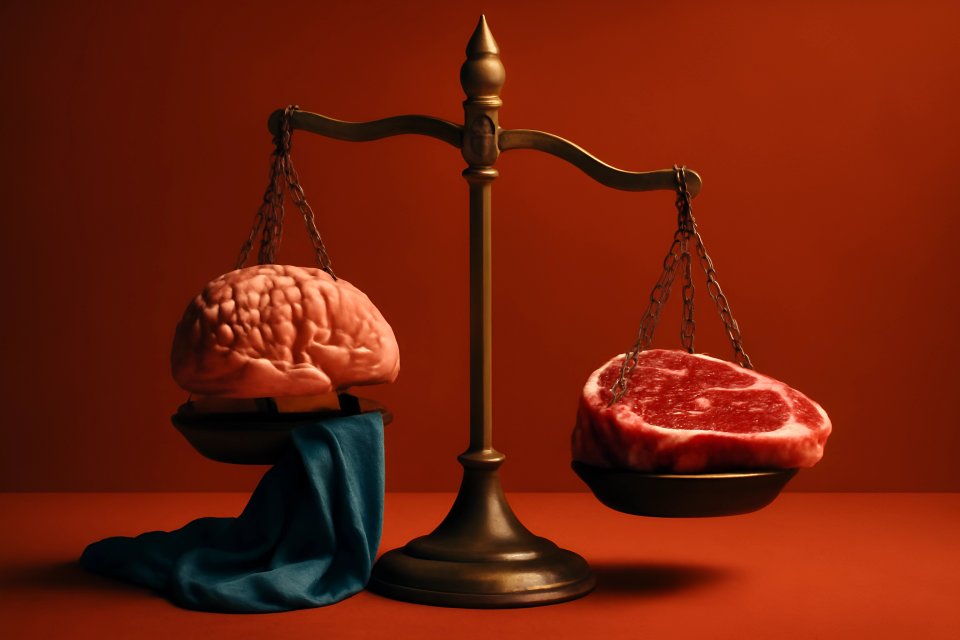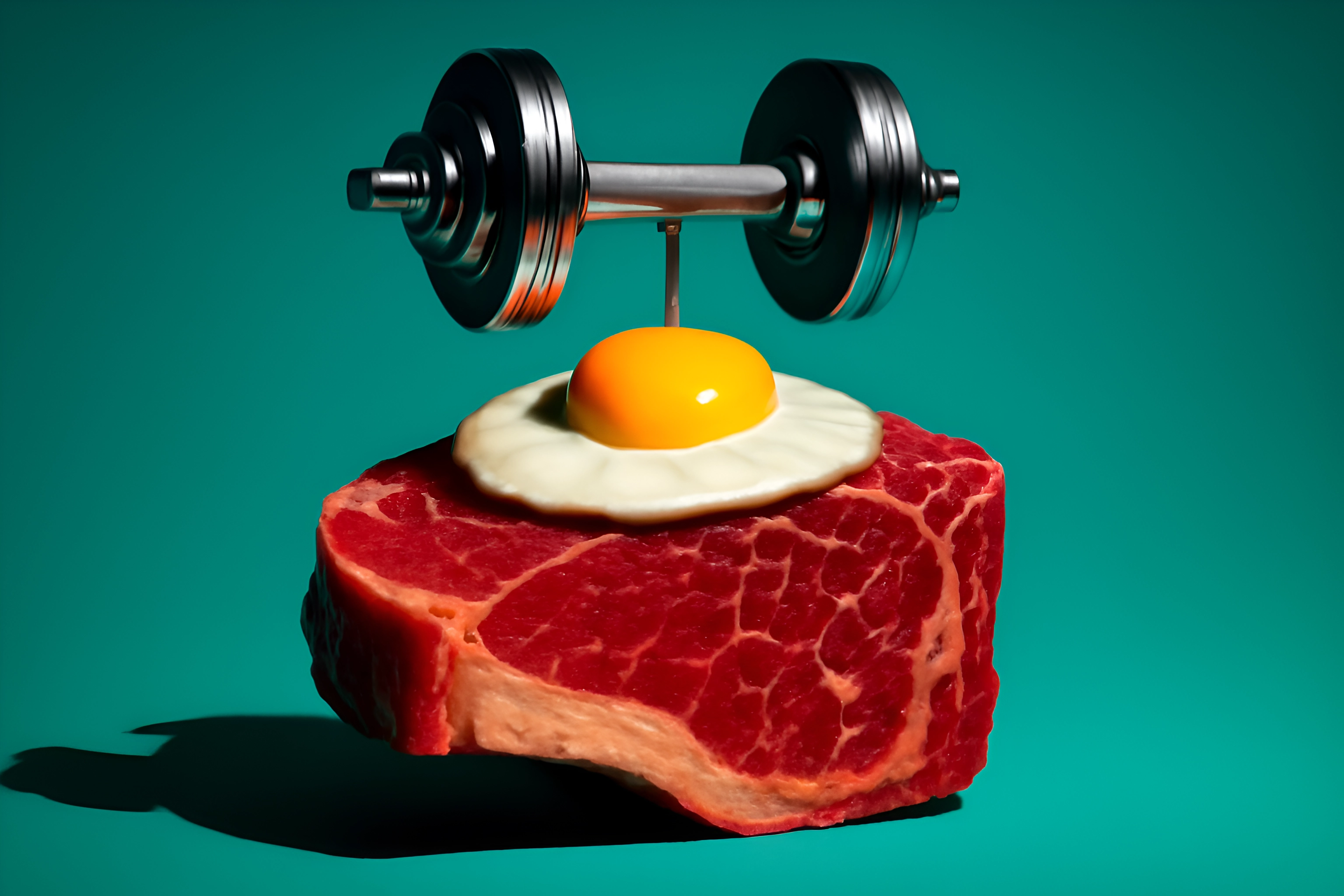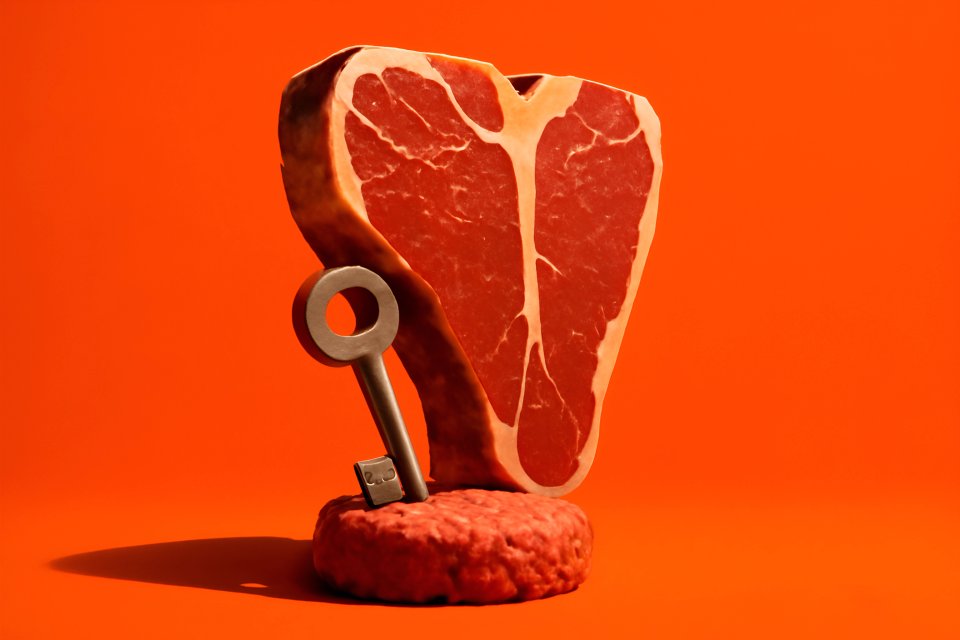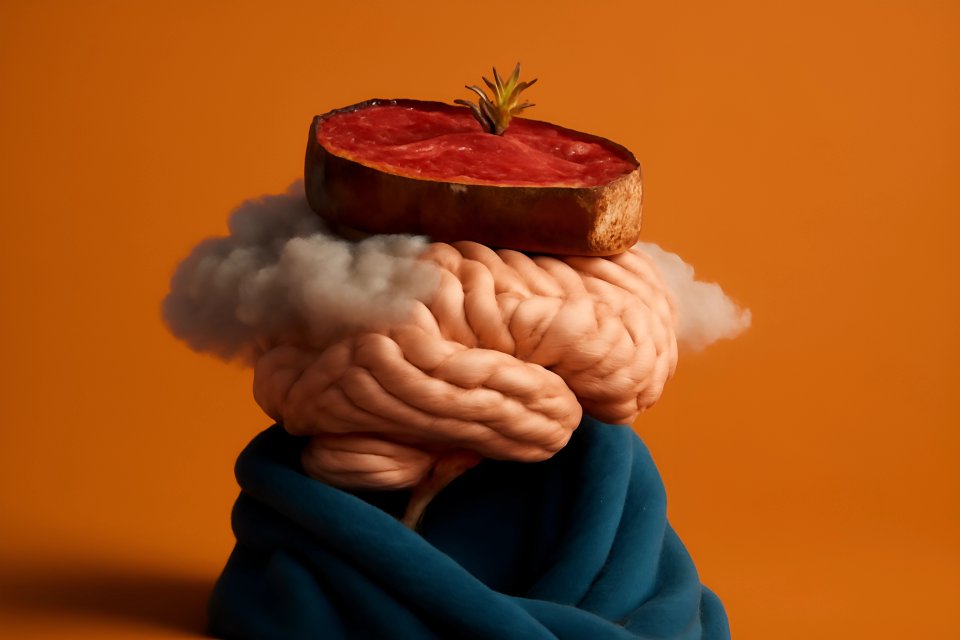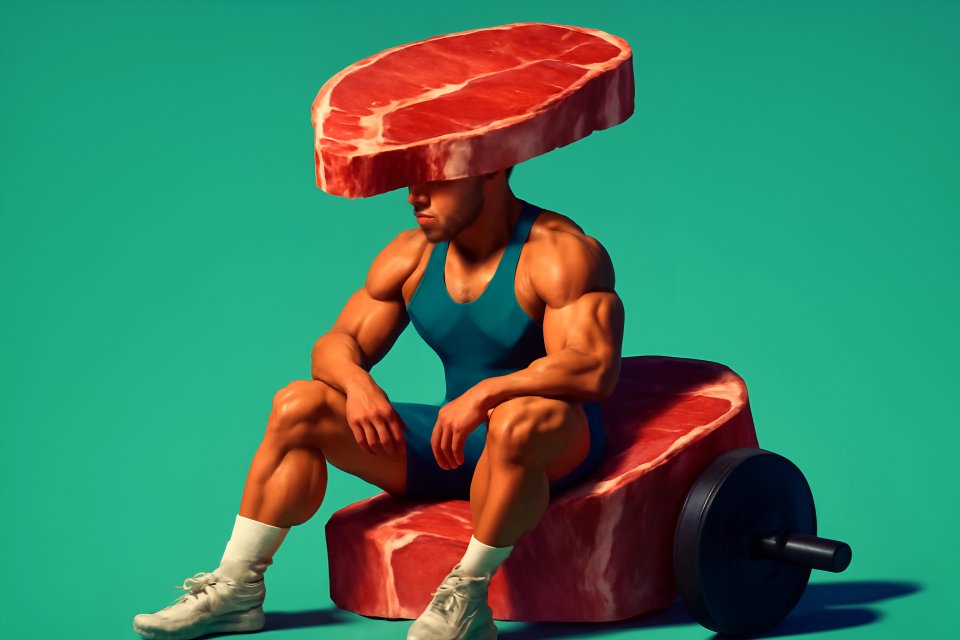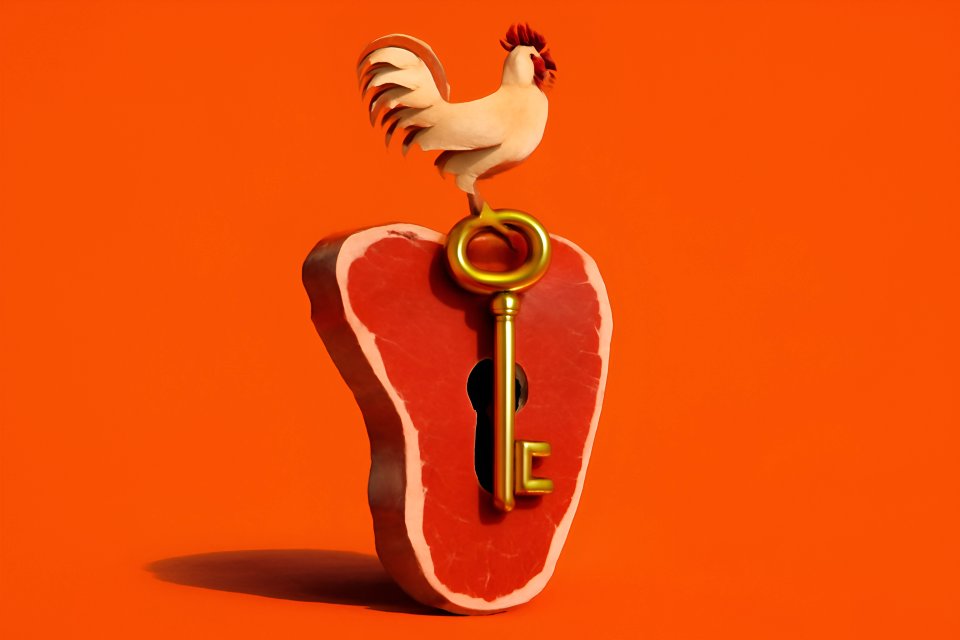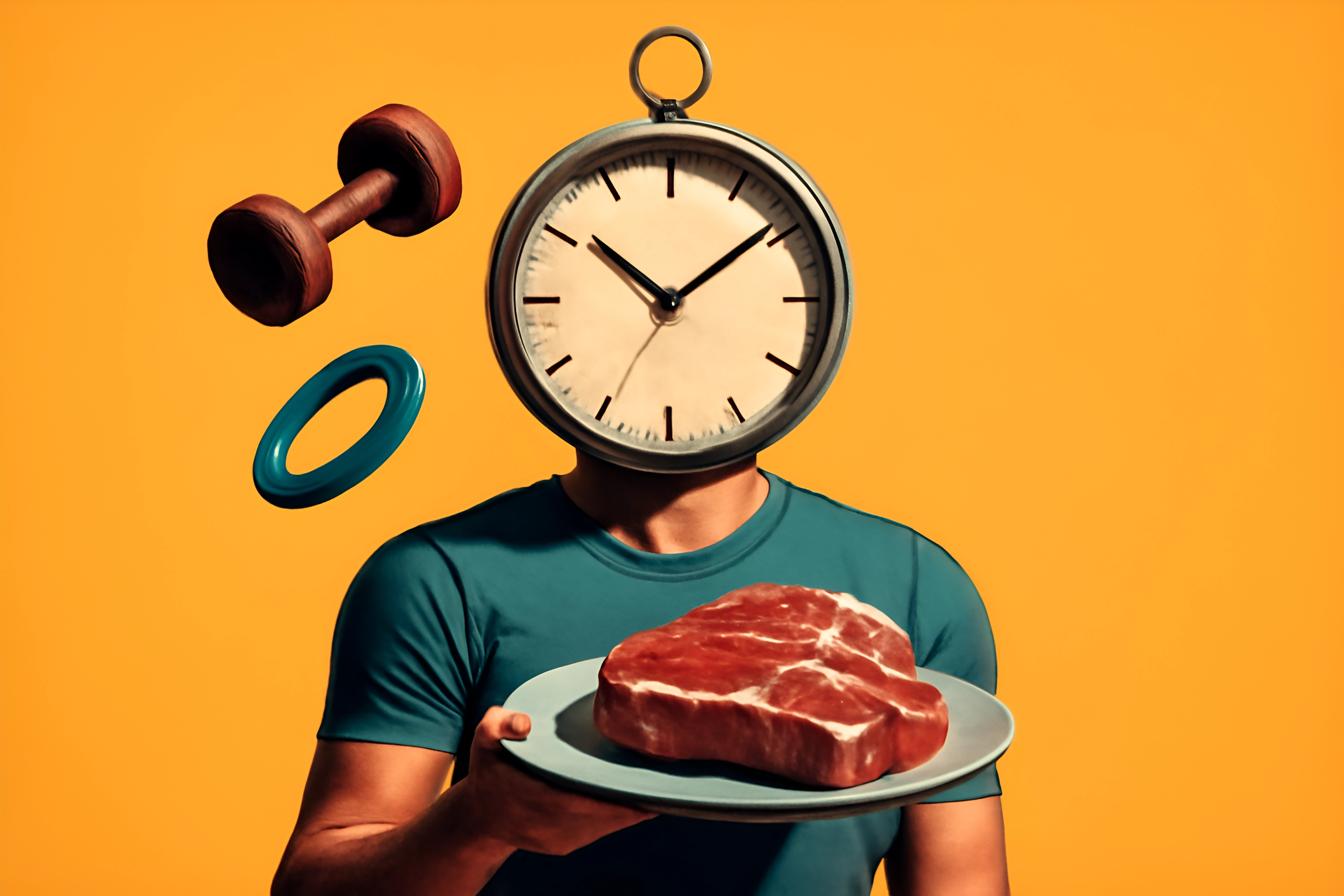
You’ve done the hard part. You’ve embraced the carnivore diet, and the rewards are undeniable. The brain fog has finally lifted, the nagging joint pain is a distant memory, and your energy is more stable than it’s been in years. You feel a sense of control and vitality you thought was lost forever. But now, a question whispers in the back of your mind: what’s next? How can you deepen this healing, break through any lingering plateaus, and unlock an even greater level of metabolic freedom?
The answer isn't about more restriction or complexity. It's about strategic synergy. Introducing intermittent fasting (IF) to your carnivore lifestyle is a powerful, next-level strategy—not just another diet hack, but a profound tool for true metabolic optimization. It’s about tapping into an ancient biological process that works in perfect harmony with your meat-based foundation to amplify your results and reclaim your body’s innate strength.
This is your no-BS guide to that next step. We will break down the powerful science behind why this pairing is so effective, provide clear, practical protocols to get you started safely, and help you navigate the journey to supercharge your health. Get ready to take your healing to a level you never thought possible.
Why the Carnivore Diet is the Perfect Foundation for Fasting
Before you can run, you must learn to walk. The carnivore diet is the essential training ground that prepares your body to thrive with intermittent fasting. By eliminating carbohydrates, you’ve already dismantled the biggest obstacle to successful fasting: the brutal blood sugar rollercoaster. Without the constant spikes and crashes from glucose, the gnawing, desperate hunger that derails most people simply vanishes, replaced by a calm, steady energy that makes going longer between meals feel natural and effortless.
The secret lies in satiety, the profound feeling of fullness that only protein and fat can provide. A meal of steak and eggs keeps you satisfied for hours, not minutes, by signaling to your brain that you are nourished and secure. This is why a staggering 83% of carnivore dieters report naturally falling into an intermittent fasting pattern without even trying. Your body, free from carb-induced hunger pangs, instinctively knows it doesn’t need to eat every few hours.
Most importantly, you are already becoming a fat-burning machine. Your body has learned to efficiently use dietary fat for fuel, a state known as fat-adaptation. This metabolic flexibility is the entire goal of fasting. You’ve already built the physiological machinery; now, intermittent fasting is simply the key that turns it up to full power, shifting your body from burning the fat on your plate to incinerating the stored fat on your frame.
The Metabolic Synergy: How IF and Carnivore Work Together
When you combine the carnivore diet with intermittent fasting, you don't just add their benefits together—you multiply them. This combination creates a powerful metabolic synergy that unlocks profound changes in your body, from your cells to your brain. It’s a one-two punch that delivers results far beyond what either protocol can achieve on its own.
Deeper Ketosis & Enhanced Fat Burning
While a carnivore diet puts you in a state of nutritional ketosis, adding fasting is like pouring gasoline on a fire. Fasting forces your body to deplete its stored glycogen, compelling it to rely almost exclusively on your own body fat for energy. This deepens your ketogenic state, pushing ketone levels into a therapeutic range that maximizes fat oxidation. Studies show this combination can lead to a 14% greater reduction in body fat compared to diet alone. You’re not just burning fat; you’re building more efficient fat-burning engines—mitochondria—within your very cells.
Amplified Autophagy for Cellular Cleanup
Think of autophagy as your body's internal housekeeping service. It’s a process where your cells identify and recycle old, damaged, or dysfunctional components, a critical function for reducing inflammation and slowing the aging process. Both fasting and a low-carb diet stimulate autophagy, but combining them creates a powerful, amplified effect. Research suggests this synergy can increase this cellular cleanup process by 300-400%, allowing for a deep cellular reset that leaves you feeling renewed from the inside out. This is the key to clearing out the "cellular junk" that contributes to chronic disease and low energy.
Supercharged Insulin Sensitivity
Poor insulin sensitivity is at the root of most modern metabolic diseases. The carnivore diet attacks this problem by removing the constant flood of carbohydrates, but intermittent fasting delivers the knockout blow. By giving your pancreas an extended rest from producing insulin, you allow your cells to become exquisitely sensitive to its signals again. This dual approach is a game-changer for metabolic health intermittent fasting, with some studies showing a 93% resolution rate of type 2 diabetes markers in cohorts using this combined strategy. You are effectively resetting your body's entire metabolic control system.
A Gut Health Power-Up
Your gut has been working tirelessly for decades. The carnivore diet gives it a break by removing inflammatory plant compounds and antinutrients. Intermittent fasting takes this a step further by providing a period of complete digestive rest, allowing your gut lining the time and resources it needs to heal and repair. This combination has been shown to increase intestinal stem cell proliferation, reinforcing the gut barrier and dramatically reducing symptoms of digestive distress. It’s no surprise that some reports show a 97% improvement rate in gastrointestinal symptoms for those who adopt this powerful lifestyle.
Practical Protocols: How to Integrate Fasting into Your Carnivore Lifestyle
Jumping into fasting without the proper foundation is a recipe for failure. It can place unnecessary stress on your body and make the process feel like a grueling punishment rather than an empowering tool. The single most important rule is this: DO NOT START BOTH AT ONCE. You must be fully fat-adapted on the carnivore diet for at least 30-60 days before you even consider introducing a fasting protocol. This ensures your body is metabolically flexible and ready for the transition.
When you are ready, the key is to start slow and listen to your body’s signals. Don’t jump straight into a 24-hour fast. Instead, gradually shrink your eating window over time, allowing your body to adapt comfortably. This isn't a race; it's a sustainable practice for long-term health.
Here is a simple progression to follow, allowing you to find the sweet spot that works for your body and lifestyle.
| Protocol | Fasting Hours | Eating Hours | Best For |
|---|---|---|---|
| 16:8 | 16 | 8 | Beginners; an easy and sustainable starting point. |
| 18:6 | 18 | 6 | The next step for enhancing benefits once 16:8 feels easy. |
| 20:4 | 20 | 4 | Advanced users looking to deepen autophagy and fat loss. |
| OMAD | ~23 | ~1 | Advanced users; requires careful planning for nutrient density. |
A Sample Day (Example with 18:6)
Morning (Fasting):Upon waking, drink a large glass of water with a pinch of high-quality sea salt. You can also have black coffee or plain tea if you wish. Focus on hydration.12:00 PM (Break-Fast):This is your first meal. Do not hold back. Focus on nutrient-dense protein and fat to signal satiety to your body. A large ribeye steak and a few eggs is a perfect example.5:30 PM (Final Meal):Eat your second and final meal of the day. Again, focus on nutrient density. Ground beef with beef liver or a fatty cut of salmon are excellent choices. Eat until you are comfortably full.6:00 PM:Your eating window is now closed. Your fast begins. You will consume only water, salt, or plain tea/coffee until noon the next day.
Navigating Potential Challenges: A No-BS Guide
Integrating fasting is a powerful tool, but it requires awareness and respect for your body's needs. The goal is to create a state of energized vitality, not stressful deprivation. The golden rule through this entire process is to listen to your body. If you feel persistently weak, unwell, or overly stressed, it's a sign to pull back, shorten your fast, or ensure you are eating enough during your window. Dogma has no place in your healing journey.
Challenge 1: Electrolytes are Non-Negotiable
This is the most common and easily solved challenge. Both low-carb diets and fasting have a diuretic effect, causing your body to flush out water and crucial minerals like sodium, potassium, and magnesium. Feeling dizzy, fatigued, or getting muscle cramps is a clear sign your electrolytes are low. The solution is simple: be proactive. Liberally salt your food with a high-quality mineral salt, drink salted water during your fast, and consider a clean supplement. For guidance, you can learn how to incorporate carnivore-friendly supplements for enhanced energy and recovery.
Challenge 2: The Myth of "Starvation Mode" vs. The Reality of Under-Eating
Let's be clear: short-term, intermittent fasting does not put you into "starvation mode." In fact, it has been shown to boost your metabolism. The real danger is not fasting itself, but chronic under-eating within your feeding window. If you try to restrict calories while fasting, your body will rightly fight back by slowing your metabolism. The solution is to feast. During your eating window, you must eat fatty, nutrient-dense meat until you are truly and comfortably full. This signals safety and abundance to your body, keeping your metabolic rate humming.
Challenge 3: Special Considerations for Women
Women's bodies, and their hormones, can be more sensitive to the signals of fasting. This doesn't mean women can't benefit—it simply means the approach should be more nuanced and gentle. It's often best to start with shorter fasts (like 14-16 hours) and avoid fasting on consecutive days. Aligning your fasting schedule with your menstrual cycle can also be incredibly beneficial. Building a strong hormonal foundation is key, and you can learn more about how animal-based nutrition supports hormone balance and energy to ensure you are integrating this practice safely and effectively.
Frequently Asked Questions (FAQ)
What can I have during my fast?
To ensure a true fast that maximizes autophagy and gut rest, stick to the basics: water, unflavored sparkling water, black coffee, and plain tea. Adding a pinch of high-quality salt to your water is highly recommended to maintain electrolyte balance.
How do I know if I'm ready to add fasting to my carnivore diet?
You'll know you're fat-adapted and ready when you experience clear signs of metabolic flexibility. These include stable, consistent energy throughout the day, a complete lack of sugar or carb cravings, and sharp mental clarity. If you can easily go 4-6 hours between meals without feeling hungry or "hangry," you are likely ready.
Will I lose muscle if I fast?
This is a common fear, but it's largely unfounded when fasting is done correctly. The deep state of ketosis you achieve is highly muscle-sparing. Furthermore, fasting significantly boosts Human Growth Hormone (HGH), which helps preserve lean tissue. The key is to consume adequate protein during your eating window to give your body the building blocks it needs for repair. For athletes, focusing on carnivore diet strategies for athletic recovery can further optimize this process.
How much fat should I eat when breaking my fast?
Listen to your body, not a calculator. The goal is to eat until you are comfortably full. Start your meal with a solid source of protein, and ensure it has plenty of fat, either naturally occurring (like in a ribeye) or added (like butter or tallow). This combination of protein and fat will promote deep satiety and provide the energy and nutrients your body needs to thrive. For ideas, check out these ultimate carnivore recipes for inflammation reduction.
Conclusion: Your Path to Radical Transformation
Combining intermittent fasting with the carnivore diet is more than a health strategy; it's a path back to your body's intended state of strength and resilience. By layering the cellular cleanup of fasting onto the clean, anti-inflammatory foundation of carnivore, you create a powerful synergy that accelerates fat loss, supercharges your energy, extinguishes inflammation, and fundamentally optimizes your metabolic health. This is about radical simplicity leading to radical transformation.
You have already taken the first courageous step. Now, you have the tools to go deeper. This isn't about short-term restriction; it's about unlocking a lifetime of effortless vitality and reclaiming the vibrant health that is your birthright. The power to heal is already within you. It's time to unleash it.
Have you tried combining fasting with your carnivore diet? Share your experience and tips in the comments below.
